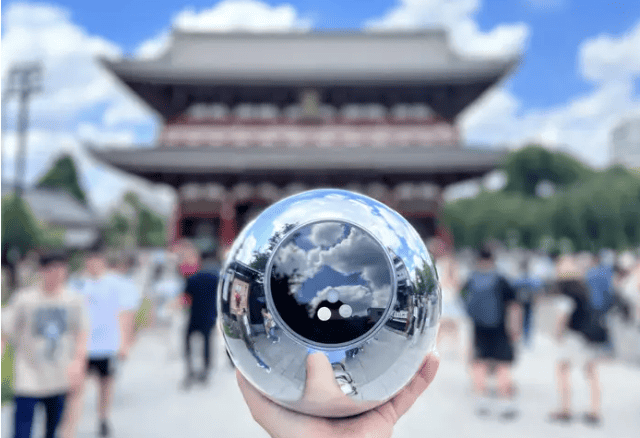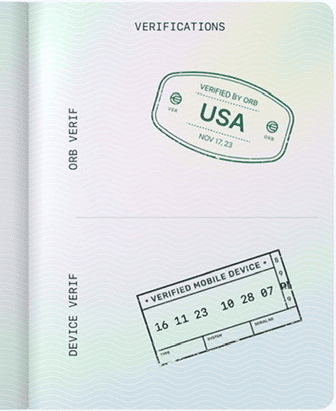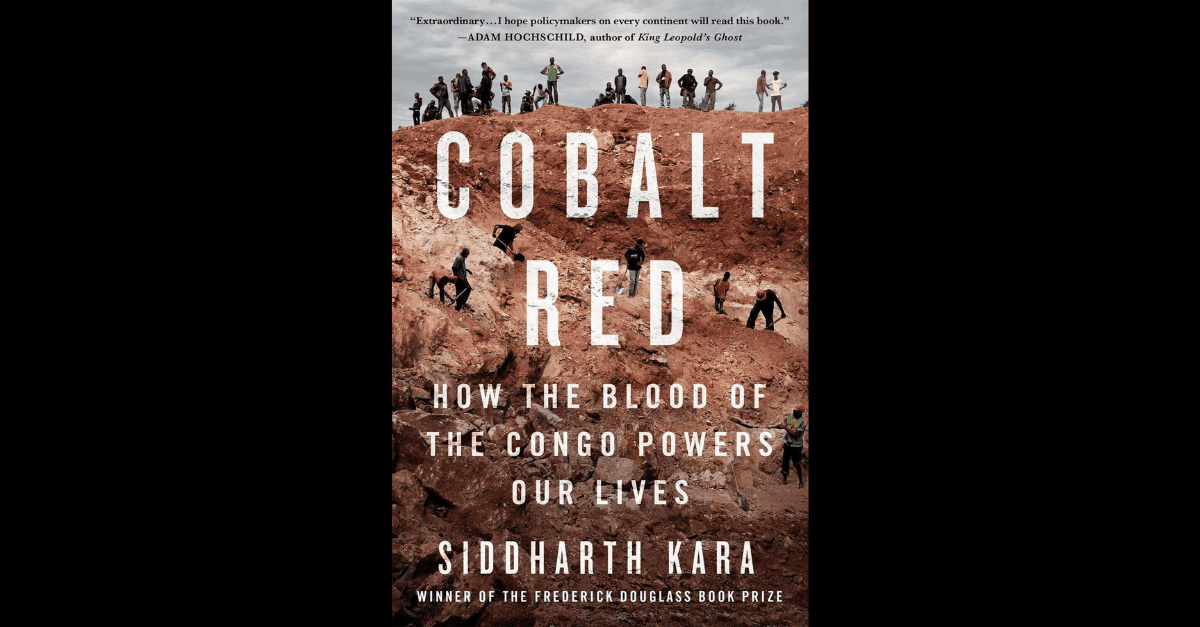I am a big fan of the 2019 TV series called ‘For All Mankind,’ which is an alternative history where the Soviet Union beats the United States to the Moon, and the space race continues. I love that the climate crisis has been solved in the TV show, as nuclear power has replaced fossil fuels. But this is science fiction…
The United Nations Convention on the Law of the Sea (UNCLOS) defines the high seas as the ‘area’ beyond national jurisdiction and its resources as the common heritage of humankind. The Area covers around 54 percent of the total area of the world’s oceans. The international law started in 1964 and was ratified by 168 countries, including the European Union (EU). This represents 93% of the planet’s governments.
In part XI of UNCLOS and the 1994 Agreement, the International Seabed Authority (ISA) was formally established to authorize seabed exploration and mining and collect and distribute the seabed mining royalties. For the last 30 years, the ISA headquarters’ mandate has been to protect the marine environment from harmful effects that may arise from deep-seabed-related activities. The ISA adopted its exploration mining code in 2013 for Polymetallic Nodules and has issued 19 exploration contracts from 18 countries. The exploitation regulations’ first draft was published in 2015, and the final consolidated text is due to be published next month, with the mining code completed in 2024 and formal adoption in 1Q2025.
The ISA Finance Committee is working on the equitable sharing of financial and other benefits from deep seabed mining. How much royalty does the ISA charge for mining, and how will the funds be distributed for the benefits of humankind? Technical Study 31: Equitable Sharing of Financial and other Economic Benefits from Deep-Seabed Mining (October 2021) provides the current thinking on this subject. This is essential and complex work as it is the first time an international organization—not a government—will collect taxes (royalties) and distribute the proceeds.
I propose that the royalties from deep sea mining in the ‘area’ be used to pay children to go to school instead of artisanal mining for battery metals like cobalt. In Siddharth Kara’s book Cobalt Red, he explains how a child dies daily mining for cobalt in the Democratic Republic of Congo (DRC) for $1-$2 a day. This practice is abhorrent and needs to stop.
How can payment from the ISA equitable sharing be used to pay children to go to school instead of artisanal mining? The challenges are dealing with corruption, costs of deployment, and issues with enforcement and avoiding fraud. What if the ISA could pay schoolchildren directly without any middlemen if they attended school?
I believe the solution is to use WorldCoin, an iris biometric cryptocurrency project developed by San Francisco- and Berlin-based Tools for Humanity. Founded in 2019 by OpenAI chief executive Sam Altman, WorldCoin uses an Orb device to scan users’ iris, generating a World ID 2.0, a privacy-first proof of personhood. Each student could scan their iris with a classroom Orb and receive $1-2 a day via their low-cost smartphone for attendance. The money would be sent directly to the student with no intermediary and no corruption or overhead. Teachers could be involved in using a Worldcoin App to approve and provide additional bonuses for good results.

Orb device (WorldCoin)

My WorldApp passport ID
It’s impressive that in 1994, the world’s governments got together to create the ISA for the benefit of humankind. As deep sea mining is close to starting, we should use the royalties to stop artisanal mining by children. Worldcoin provides an elegant twenty-first-century technology that could help.
